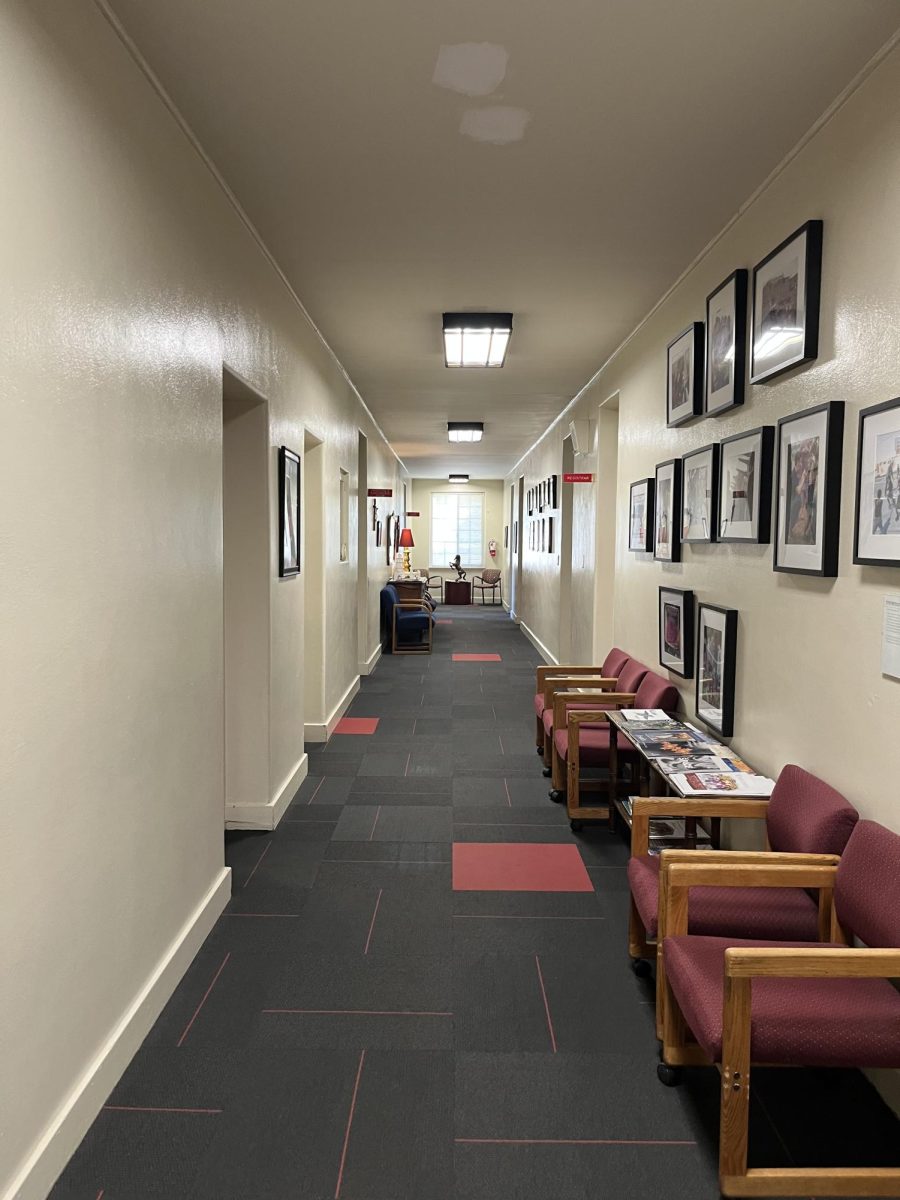By Jonathan M. Gornet ’14 & Joshua Galvin ’13
THE ROUNDUP
Looking at an aerial picture of the Brophy campus from 1928, the Brophy bell tower stands resolute much like the present day.
Aesthetically, the buildings have maintained their timeless appearance, but the community housed within their walls has morphed and grown over the years.
Mr. Tom Reithmann and Mr. Dan Whitehead are two teachers who have seen a wealth of the change on campus firsthand.
After coming to Brophy in 1980, Mr. Reithmann recalled the campus as more personal than today with a much greater focus on academics.
“The schedule was a five period day with little art or music,” Mr. Reithmann said. “The students were very grade-conscious.”
By the early 80s the Robson Gymnasium had already been built, and the basement served as the main weight room. Prior to the gym’s creation, the upper floor of Brophy Hall served as an indoor athletic center.
“The three original Brophy buildings were familiar landmarks fronting Central Avenue,” Mr. Reithmann said. “At that time Romley Hall served as the residence for the Jesuits … on the other side of the Chapel was Regis Hall, currently known as Brophy Hall.”
The time before Tablets vanishes more quickly from memory as years pass, but Mr. Reithmann said students should appreciate the tools at their disposal.
“Brophy sophomores would go to Xavier to learn to use typewriters … in 1980 there were no PCs, calculators were non-graphing, and phones were large, wired and had a rotary dial,” Mr. Reithmann said.
“By 1980, Brophy’s enrollment was increasing from under 500 to about 1000,” Mr. Reithmann added about the growth of the student body.
As another witness of Brophy’s expansion, Mr. Dan Whitehead has been a math teacher at Brophy since 1967 and remains a traditionalist, preferring pencil and paper over a computer.
He confirmed the large growth spurt in the student body, stating there were around 400 students when he first came to the school.
So what was the campus like back then?
“The mall area used to be a parking lot and the Loyola Hall was actually the library,” Mr. Whitehead wrote in an email. “We also had a pool where the Great Hall and Piper are now, and Keating was the first ‘new’ building.”
“The faculty was much smaller, and included about 20 Jesuits, but only two female teachers,” Mr. Reithmann said. “There were fewer counselors, and one assistant principal, Mr. Michael Klein, the father of faculty member Mr. Joe Klein ’86.”
As a Brophy student for four years and a Brophy teacher since 1988, Mr. Mike Welty ’83 has seen several perspectives of school change.
“I remember wanting to be here more than anywhere else,” Mr. Welty said. “There were a million things to do.”
“There were 25 Jesuits on campus, and I had two or three Jesuit teachers every year,” Mr. Welty said.
Mr. Welty also said that despite the larger religious staff, the main Jesuit beliefs for the students were secular: discipline and a good education.
He added that the school began incorporating the idea of “Men for Others” as the Jesuit ideals were reinterpreted.
He said a key memory for him as a student was socializing with friends at break and lunch at the center of the campus: six asphalt basketball courts where Keating Hall, the Office of Faith and Justice and the Student Activity Center now stand.
Although Mr. Welty said he wanted to be a teacher since an early experience as a camp counselor, he initially found it “weird” to join the Brophy faculty after college.
“As a student the teachers seemed like gods on a pedestal … at first it was very difficult to deal with them as colleagues,” Mr. Welty said.
Mr. Welty added that because of his own experience he is sensitive to new teachers on campus.











